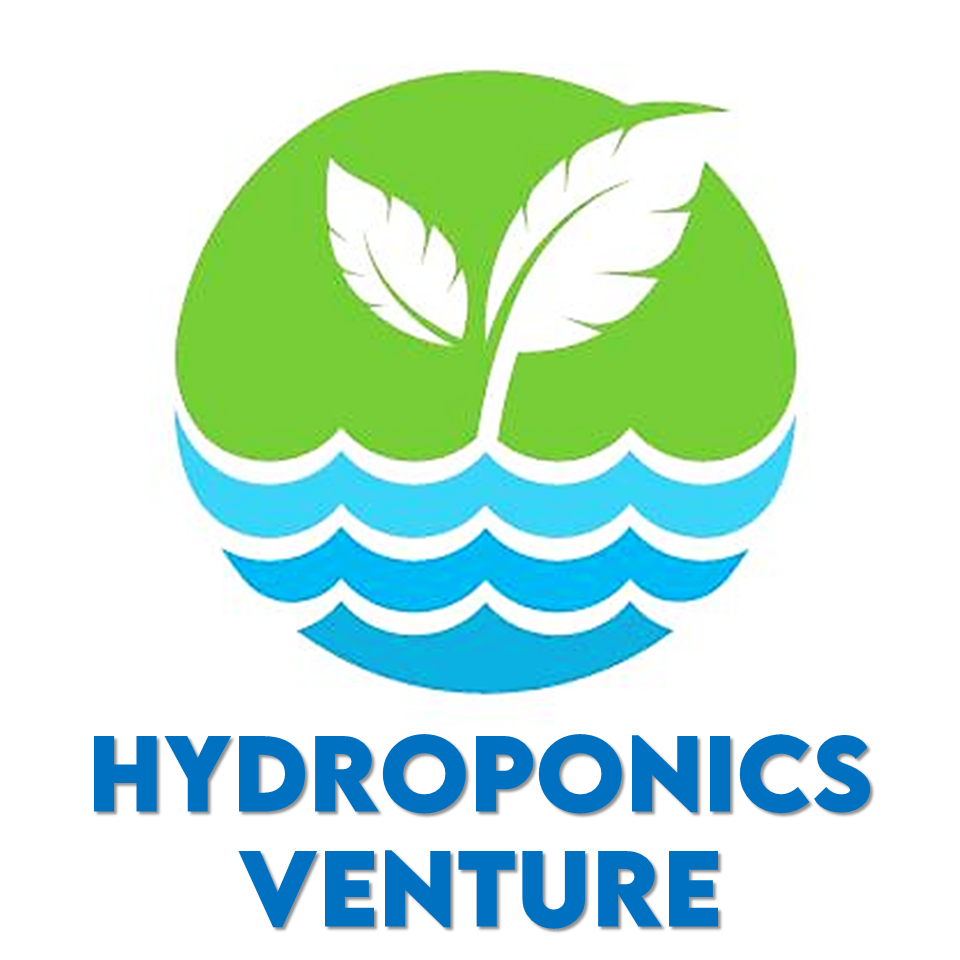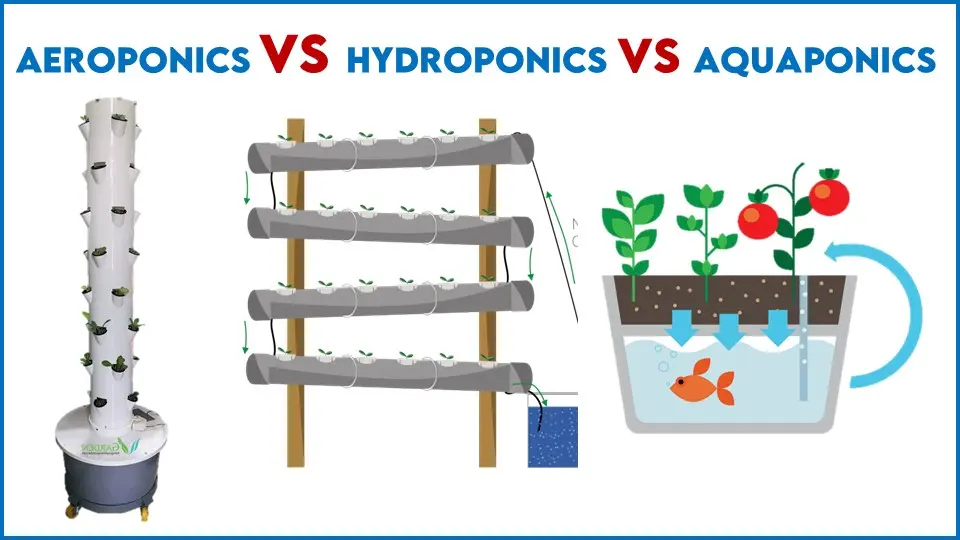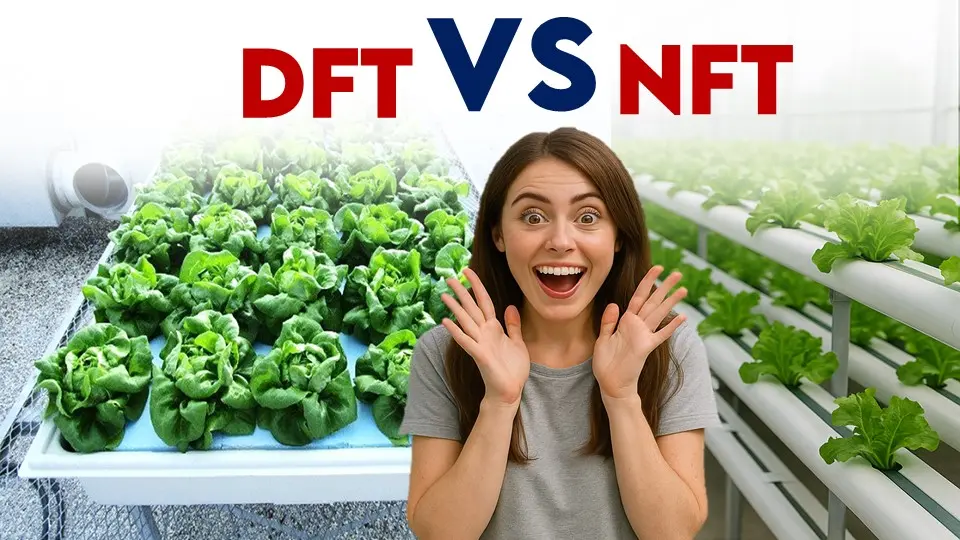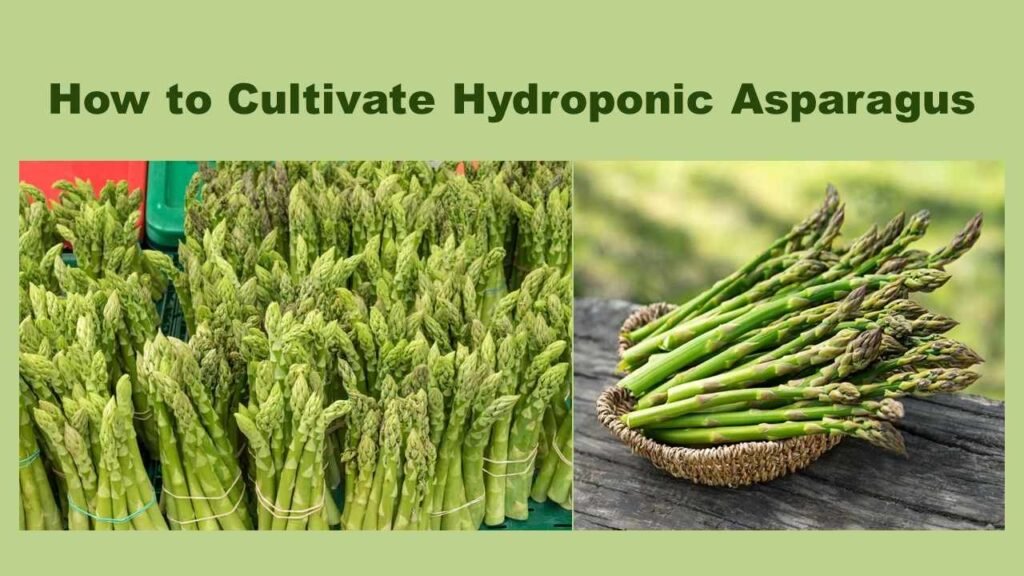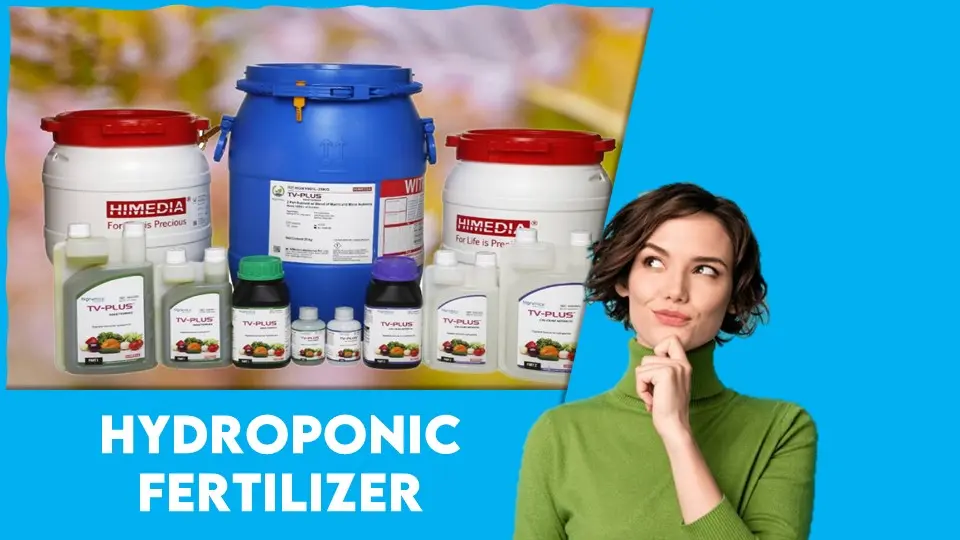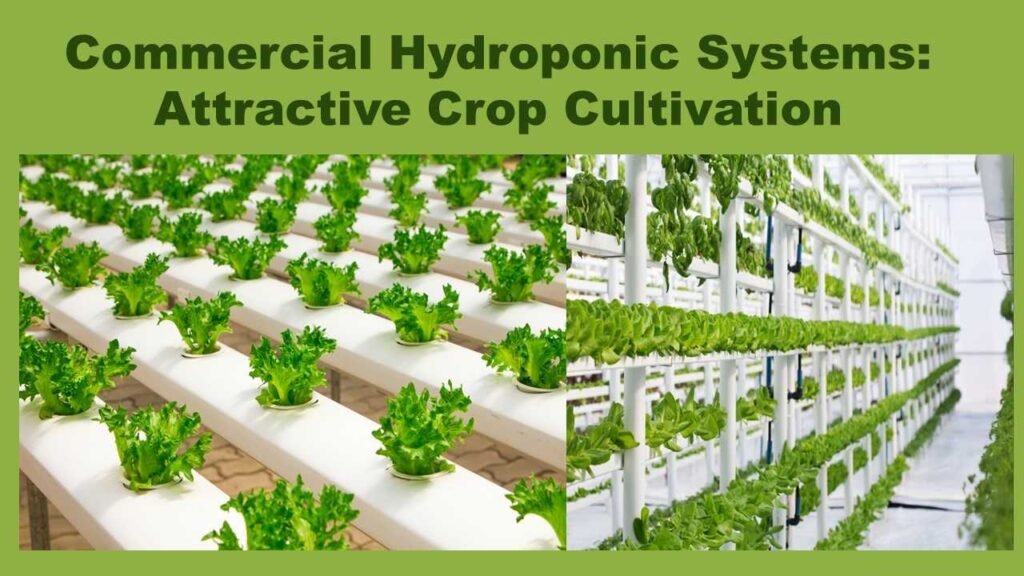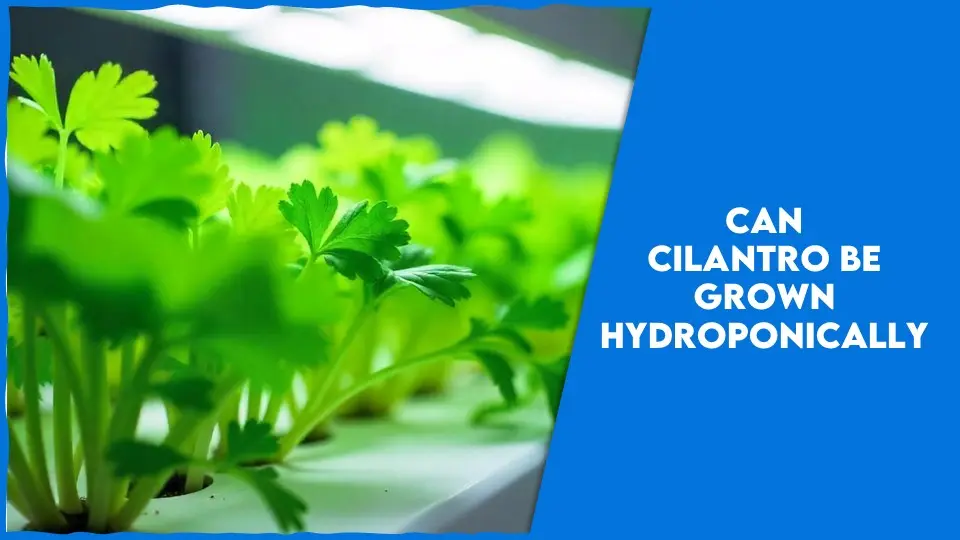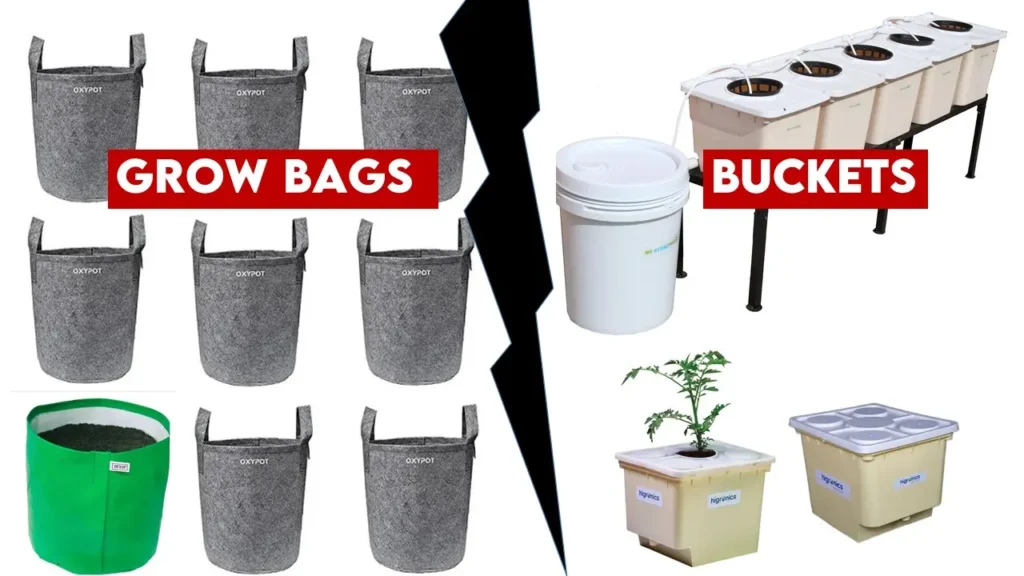Aeroponics vs Hydroponics vs Aquaponics
If you are looking for the best methods of soilless farming, then this article might help you a lot. Over the years, Soil degradation, excessive agrochemical use, and lesser land availability for farming have led to the development of this unique technology that allows a direct supply of nutrients in plants via some other medium instead of soil, encompassing aeroponics, hydroponics, and aquaponics.
Thousands of people all over the world have adopted this technology, not only to grow fresh veggies and herbs at home, but also for other commercial benefits. In addition, it is one of the most sustainable methods of farming and a tool to convert your empty urban spaces into an evergreen facade of healthy vegetables and fruits.
Let’s learn how these three methods differ from each other, what their pros and cons are, and which one is your cup of tea.
What is Aeroponics?
Aeroponics is a method of growing plants without soil by exposing the roots directly to the air and misted with a nutrient-rich solution periodically via an automated system. It allows the roots to absorb nutrients and water at a much faster rate with minimal wastage of both water and nutrients.
Components of Aeroponics.
- PLANT HOLDERS/COLLARS: Plants in an aeroponics system are placed in plant holders or collars that support the stem while allowing the roots to hang freely in an enclosed chamber.
- ENCLOSED CHAMBER: The roots’ enclosed chamber should be dark and humid. Reducing the sunlight near the root area prevents algal growth and keeps the plant healthy.
- MISTIFIER: These are installed inside the root chamber to provide the nutrients in the right quantity and at the right time.
- NUTRIENT-MIX TANK: The nutrient-mix in the tank can be customised based on the plant’s needs. It should be large enough for the whole system. The nutrient-mix is circulated from the tank towards the mistifier through a water pump.
- MONITORING SYSTEM: Keep a temperature regulator and a pH meter to manage the nutrient levels in a system and avoid the root drying.
Suitable Crops:
It’s best to use lightweight, fast-growing crops with short maturity periods in an aeroponics system. For example, leafy vegetables like kale, lettuce, spinach, and herbs like mint, basil, and cilantro. Fruit crops like tomatoes can also be grown successfully. In some places, you will find people growing root crops like potatoes in an aeroponics system, but the success rate in such cases is low, plus it requires more space and needs high expertise.
What is Hydroponics?
Hydroponics is a method of growing plants in a soilless medium by using water-based nutrient solutions. It allows precise control over the growing environment of plants. Here we can cultivate various vegetables, herbs, and ornamental crops, all year round with maximum efficiency.
Components of Hydroponics:
- NET POT: The plants are kept in net pots with some growing media made up of light material like coco peat, vermiculite, perlite, or clay pellets instead of soil for better nutrient absorption and stability.
- NUTRIENT RESERVOIR: A reservoir is kept in the system with a water-based nutrient mix containing essential plant minerals like Nitrogen, Potassium, Phosphorus, Calcium, etc. You can alter the mix according to the plant’s needs.
- WATER PUMP: It circulates the nutrient mix in the reservoir towards the plant roots.
- AIR PUMP/ AIR STONES: Although it is not necessary, adding an air pump can help you prevent ugly diseases like root rot in the system by providing proper oxygenation.
- LED/ FLUORESCENT GLOW: If you are planning to develop a hydroponics system indoors, then it is best to use a wide range of LED or Fluorescent lights above the system. But keep a proper distance between the lights and the plants.
There are different types of Hydroponics systems, like drip irrigation, deep water culture (DWC), nutrient film technique (NFT), or flood and drain (ebb and flow) methods. Now the choice of system depends upon your crop needs and the resources available to you
Suitable Crops:
Hydroponics supports a wide variety of crops, including leafy vegetables like lettuce, Swiss chard, bok choy, arugula, and herbs like mint, basil, fruit plants like tomatoes, peppers, cucumbers, and strawberries. However, Root crops like carrots and beetroot are hard to produce due to the structural inefficiency of the system.
What is Aquaponics?
Aquaponics means a combination of Aquaculture and hydroponics. Here, the fish waste is utilised in the form of essential nutrients to the plants, while plants purify the shared water for the fish, creating a natural, self-sustaining closed-loop system.
Component of Aquaponics:
- FISH TANK: In modern aquaponics, the system is located just below the plant growing bed. The fish added to the tank should not be the ones eating the vegetables above it, and should produce nutrient-rich waste. For e. g. tilapia, catfish, or goldfish.
- BIOFILTER: Biofilters are nitrogen-fixing bacteria that convert the ammonia in fish waste into nitrates, which is an available form of nitrogen for plants. Add these microorganisms to the tank.
- GROWING BED: A Growing bed should float over the tank; it could be made up of gravel, clay pellets, or floating rafts.
- AIR PUMP/AIR STONES: It continuously moves water between the fish tank and plant beds and keeps the water oxygenated for both the fish and plant beds, ensuring both stay healthy.
Don’t forget to add the artificial lighting system if your setup is indoors to support photosynthesis and monitoring tools like a thermometer, pH, and EC meter, ammonia and nitrate levels detector, and oxygen controller to maintain balance in the whole system.
Suitable Crops:
Crops cultivated in aquaponics should be able to tolerate moderate nutrient levels, such as lettuce, kale, pak choi, watercress, and Herbs like basil and mint. Limited fruiting crops like cherry tomatoes and chili peppers can also be grown, but more care will be needed.
Aeroponics vs Hydroponics vs Aquaponics
Based on the key parameter, we can compare these systems as follows:
| Parameters | Aeroponics | Hydroponics | Aquaponics |
| Medium Used | Air (roots suspended and misted) | Nutrient-rich water or inert media | Fish waste-enriched water |
| Nutrient Source | Artificial nutrient solution | Artificial nutrient solution | Fish waste (natural fertilizer) |
| Water Usage | Lowest (up to 95% less than soil) | Low | Comparatively, a little higher. |
| Setup Cost | High (due to misting system and sensors) | Moderate to High | High (fish tank and hydroponic system) |
| Maintenance | High (nozzle clogging, misting system). | Moderate | High (fish health, water quality, balance). |
| Plant Growth Rate | Fastest (due to high oxygenation) | Fast | Moderate to Fast |
| Organic Certification | Not usually (uses synthetic nutrients) | Not usually (unless organic nutrients are used) | Possible (natural ecosystem-based) |
| Technical Knowledge | High | Moderate | High (aquaculture along with hydroponics) |
| Scalability | High (urban, vertical farming). | Very High (from home setups to commercial). | Moderate to High (space for fish needed). |
| Pest/Disease Risk | Low (no soil) | Low (controlled system) | Low (but fish diseases possible) |
| Sustainability | High | Moderate to High | Very High (symbiotic and organic). |
Which one is best for you?
Among these three types of soilless cultivation methods, you can choose the one that fulfills your crop demands, aligns with your values, and can be handled within your expertise.
If you are just a beginner to soilless cultivation, I suggest you adopt a small hydroponics system first, it is the easiest of all, shows better results, requires less training, and can be easily scaled up.
If you have enough experience, then you can go for aeroponics, which is a little more complex than the hydroponics system, but due to its higher nutrient absorption rate and misting, it offers quick plant growth and minimum water consumption.
The setup cost and Technical knowledge needed is an Aquaponics system is much higher than the other systems. But if you are up for a challenge, then you should definitely go for it. It provides a holistic and sustainable approach towards farming. And when you start seeing the chances of success in the system, you can also apply for organic certification, which could award you a higher price for your produce.
It is difficult to avoid diseases or system failures in any of these systems. The key to saving your produce is staying vigilant all the time and monitoring your produce regularly.
Conclusion.
Technological advances have led to many interesting discoveries in agriculture, yet the adoption of a sustainable and economically beneficial approach should be our first priority. Soilless farming has led to many successful stories in the past, making it an economically reliable option for all. Yet working with any of these methods needs training and adequate knowledge.
We hope this article has helped you differentiate between aeroponics, hydroponics, and aquaponics and shown you the way to choose the best for yourself.
Join Our Hydroponics Growers Group!
Connect with fellow hydroponics enthusiasts, share your ideas, ask questions, and grow together as a community.
👉 Join WhatsApp Group